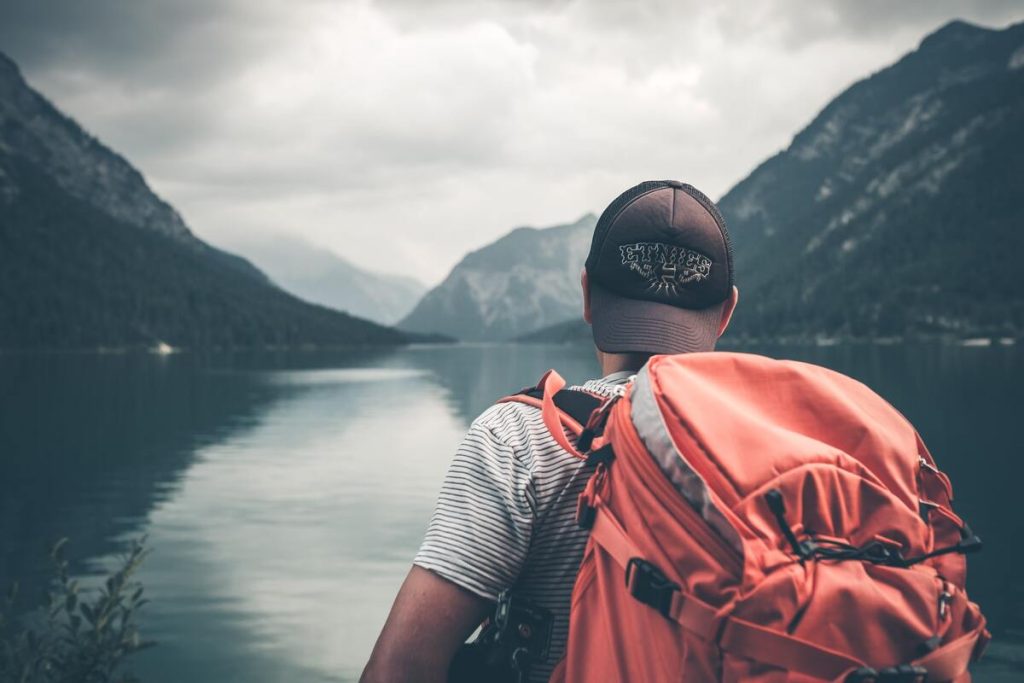Trekking is a great way to see the world and experience its many wonders. There’s nothing quite like getting out into nature and seeing the world on foot. Whether you’re hiking through dense forests or climbing up rocky mountains, there’s always something new to see. And best of all, trekking is a great way to get some exercise and fresh air. So next time you’re looking for an adventure, grab your hiking boots and go explore the great outdoors!
If this is your first time trekking, this could be an epic experience for you. Don’t worry! Here are the five things you need to know and have before your journey.
1. Get to Know the Route Ahead of Time
This is critical, as you need to know what kind of terrain to expect. If the route is unfamiliar to you, take some time to research it or ask someone who’s been there before. This way, you can plan accordingly in terms of the equipment and supplies you need to bring. For example, if the terrain is going to be rocky, you might want to invest in a good pair of hiking boots with good traction. Or, if you’re expecting to cross any rivers, you might need to pack a waterproof bag.
Moreover, it’s important to know the route’s difficulty level. This will give you a better idea of how physically challenging the trek will be. If it’s your first time, it’s probably best to stick to an easy or moderate route. Once you get a feel for trekking, you can always attempt a more difficult route.
Knowing the route ahead of time will help you better prepare for your trek. Remember, it’s always better to be over-prepared than under-prepared!
2. Have the Right Gear
Many people make the mistake of thinking that any old pair of sneakers will do for trekking, but that couldn’t be further from the truth. Be sure to invest in a good pair of hiking boots or trail running shoes that will protect your feet and provide good traction on various types of terrain. You’ll need these shoes to be comfortable as well, so make sure to break them in before you head out on your trek.
In addition to shoes, you should also pack some basic first-aid supplies, such as bandages, antiseptic cream, and painkillers. It’s better to be safe than sorry! And, of course, don’t forget to pack plenty of water and snacks to keep you fueled throughout the journey.
You should also consider bringing along a hat or bandana to shield your head from the sun and a set of binoculars if you want to do bird watching while you’re out on the trail. And last but not least, don’t forget a flashlight — just in case!
There are a lot of other items you might want to bring on your hike, depending on the length and difficulty of the trek. But these are the basics that everyone should have.

3. Take the Right Vehicle
Even though trekking is mostly composed of navigating terrains on foot, you’d still need a versatile vehicle to take you there. A multi-purpose aluminum utility trailer would do wonders in easily carrying all your supplies. It’s also a great option if you plan on bringing along a lot of gear or if you have to cross any difficult terrain.
Of course, the type of vehicle you’ll need will also depend on the length and difficulty of the trek. If you’re only planning on hiking for a day or two, you might be able to get away with a smaller vehicle. But if you’re embarking on a multi-day trek, you’ll need something that can carry all your supplies and gear.
Be sure to pack it carefully, no matter what type of vehicle you choose. You don’t want your belongings bouncing around while you’re driving, as this could damage them. And make sure to bring along a map of the area, just in case you get lost!
4. Pack Light, But Don’t Forget the Essentials
One of the biggest mistakes new trekkers make is packing too much stuff. Remember, you’ll have to carry everything on your back, so it’s important to travel light. That said, there are some essentials you can’t afford to leave behind, as was mentioned above. But generally, you should only pack the bare necessities.
A good rule of thumb is to bring one change of clothes and a sleeping bag if you’re planning on camping overnight. You should also pack some basic toiletries, such as soap, a toothbrush, and toilet paper. And, of course, don’t forget your first-aid kit!
5. Set up Camp Before Nightfall
Another rookie mistake is waiting until it’s dark to set up camp. Not only is this more difficult to do in low light conditions, but it also leaves you more vulnerable to being attacked by nocturnal animals or getting lost if you have to wander off in search of firewood or water. For instance, if you’re trekking in an area with bears, you don’t want to be caught out in the open at night!
So plan ahead and try to arrive at your campsite with plenty of daylight left to get everything set up before nightfall. This gives you time to pitch your tent, build a fire, and gather some wood for fuel. It also gives you time to relax and enjoy the peace and quiet of nature before you have to turn in for the night.
So there you have it—five things you need to know before setting off on your very first trekking adventure! By following these tips, you’ll be sure to have a safe and enjoyable trip that will leave lasting memories (and maybe even inspire you to come back for more).
